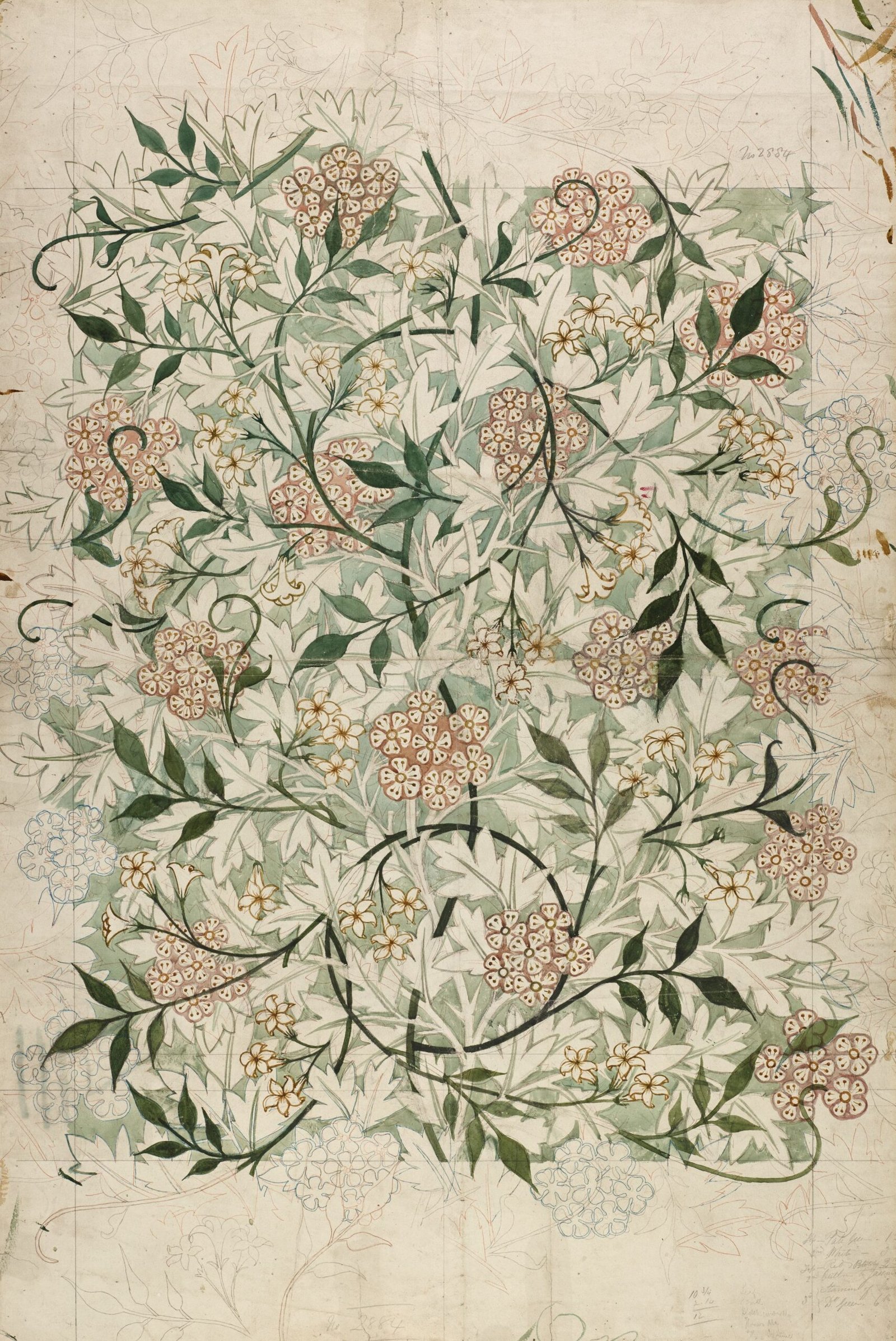Are you an artist looking to showcase and sell your work online? In this article, we will guide you through the process of creating and managing a successful online art store. From choosing the right platform to attract customers, to promoting your artwork effectively, we will provide you with practical tips and strategies that will help you establish and grow your online art business. With our step-by-step approach, you’ll be able to showcase your artistic talents to a global audience and turn your passion into a profitable endeavor. So, let’s get started on your journey to success in the online art world!
Choosing a Platform
Consider your budget
When choosing a platform for your online art store, it’s important to consider your budget. Determine how much you are willing to invest in your store, including the platform fees, hosting costs, and any additional features or plugins you may require. Keep in mind that while some platforms offer free plans, they may have limitations that could hinder your business growth. It’s essential to strike a balance between cost and functionality.
Evaluate your technical skills
Before selecting a platform, it’s crucial to assess your technical skills. Some platforms require coding knowledge and customization abilities, while others offer intuitive interfaces that anyone can use. If you’re comfortable with coding and want maximum flexibility, you may opt for a self-hosted platform such as WooCommerce or Magento. However, if you prefer a user-friendly and ready-to-use solution, platforms like Shopify or Squarespace might be better suited for you.
Research available platforms
Take the time to research and compare different e-commerce platforms available for your online art store. Consider factors such as ease of use, features offered, payment options, integrations, and customer support. Reading reviews and testimonials from other artists or store owners can also provide valuable insights. Some popular options to consider include Shopify, BigCommerce, WooCommerce, and Etsy. By doing thorough research, you can find the platform that best aligns with your goals and requirements.
Setting Up Your Online Store
Select a domain name
Choosing a domain name is an essential step in setting up your online art store. Your domain name should be memorable, reflect your brand or art style, and be easy to spell and pronounce. Consider using your name, a variation of it, or a catchy phrase that resonates with your artistic vision. Once you’ve selected a domain name, register it with a reputable domain registrar like GoDaddy or Namecheap. If possible, try to secure a .com domain, as it is the most widely recognized and trusted extension.
Choose a hosting provider
To ensure your online art store is accessible to visitors, you need to select a reliable hosting provider. Hosting providers store your website’s files and make them available for viewing on the internet. Look for a hosting provider that offers a high uptime guarantee, fast loading speeds, scalable resources, and excellent customer support. Some popular hosting providers for e-commerce websites include Bluehost, SiteGround, and HostGator. Consider your store’s requirements and budget when making your choice.
Install an e-commerce platform
After setting up your domain and hosting, it’s time to install an e-commerce platform. Depending on your chosen platform, this step may vary. If you opt for a hosted platform like Shopify or Etsy, the e-commerce functionality is already built-in, and all you need to do is set up your store’s theme and customize it to your liking. For self-hosted platforms like WooCommerce or Magento, you’ll need to install the platform on your hosting account, configure settings, and choose a suitable theme or design template.
Designing Your Store
Create a visually appealing layout
Designing a visually appealing layout for your online art store is crucial to capture the attention of potential buyers. Choose a theme or design template that complements the style and aesthetics of your artwork. Use high-quality images to showcase your art and create a visually engaging experience. Pay attention to colors, typography, and overall layout to create a cohesive and attractive storefront. If you’re not confident in your design skills, consider hiring a professional web designer to help you create a stunning store.
Organize your products into categories
Organizing your art products into categories makes it easier for customers to navigate your store and find what they’re looking for. Consider different ways to categorize your artwork, such as by medium, subject, style, or size. Aim for a logical and intuitive category structure that helps visitors quickly find specific types of art. Ensure that each category has a clear and descriptive name, and avoid creating too many subcategories, as it can overwhelm customers.
Optimize the user experience
Creating a seamless and enjoyable user experience is essential for your online art store’s success. Pay attention to site speed, mobile responsiveness, and intuitive navigation. Optimize your website for fast loading times by optimizing images, minimizing code, and leveraging caching mechanisms. Make sure your store is mobile-friendly, as an increasing number of customers are shopping on their smartphones. Test your store’s usability by asking friends or family members to provide feedback, and make necessary improvements to enhance the overall user experience.
Populating Your Store
Photograph your artwork professionally
To showcase your artwork effectively, invest in high-quality professional photography. Use good lighting, a clean background, and ensure your artwork’s colors are accurately represented. Consider hiring a professional photographer experienced in capturing art, or learn techniques to photograph your art yourself if you have the necessary skills and equipment. High-quality images will attract potential buyers and provide a true representation of your art’s beauty.
Write compelling product descriptions
Crafting compelling product descriptions is crucial for engaging potential buyers and motivating them to make a purchase. Describe your artwork in detail, highlighting its unique features, inspiration, and the emotions it evokes. Use descriptive and persuasive language that captures the essence of your art and appeals to your target audience. Incorporate relevant keywords to improve search engine visibility. Remember to proofread your descriptions for grammar and spelling mistakes, as professionalism is key to building trust with potential buyers.
Set competitive prices
Determining the right pricing strategy for your artwork is essential to attract customers while also ensuring profitability. Research similar artists and their pricing to gauge the market rates for comparable art pieces. Consider factors such as your experience, artistic style, medium, and demand for your art when setting your prices. Aim to strike a balance between market competitiveness and the value you place on your art. Regularly review and adjust your prices based on market trends and customer feedback.
Implementing Secure Payment Systems
Choose a reliable payment gateway
Implementing a secure and reliable payment gateway is crucial to protect your customers’ sensitive information and facilitate smooth transactions. Choose a reputable payment gateway provider such as PayPal, Stripe, or Square that offers secure encryption, fraud protection, and easy integration with your chosen e-commerce platform. Consider factors such as transaction fees, supported currencies, and ease of use when making your selection. Offering a trusted and familiar payment option can also increase customer confidence during the checkout process.
Install SSL certificate for secure transactions
Securing your online art store with an SSL (Secure Sockets Layer) certificate is vital to encrypt sensitive data during transactions, such as credit card information. An SSL certificate adds an extra layer of trust and confidentiality, assuring customers that their data is protected. Most hosting providers offer SSL certificates, but you may need to manually install and configure it for your website. Alternatively, you can consider using a third-party SSL certificate provider to ensure a seamless and secure shopping experience for your customers.
Offer multiple payment options
Providing multiple payment options gives customers the flexibility to choose their preferred method, increasing the chances of completing a purchase. Besides credit cards, consider integrating alternative payment methods such as PayPal, Apple Pay, or Google Pay. These options cater to customers who may prefer using digital wallets or online payment systems. A diverse range of payment options can also help you attract international buyers who may have different payment preferences.
Driving Traffic to Your Store
Utilize social media marketing
Utilizing social media platforms is an effective way to drive traffic to your online art store. Create business accounts on platforms such as Instagram, Facebook, Pinterest, or Twitter, and regularly share engaging content related to your artwork. Utilize hashtags, engage with your followers, collaborate with influencers, and provide behind-the-scenes glimpses into your creative process. Encourage your followers to visit your online store through compelling calls-to-action and exclusive offers. Social media acts as a powerful marketing tool, allowing you to reach a wide audience of art enthusiasts.
Optimize your store for search engines
Search engine optimization (SEO) is essential to increase your online art store’s visibility on search engine result pages. Optimize your product pages and website content by incorporating relevant keywords artfully and naturally. Improve your website’s loading speed, use descriptive meta tags and alt attributes for images, and ensure your website is mobile-friendly. Create quality content that provides value to your audience and actively seek backlinks from reputable art-related websites. By implementing effective SEO strategies, you can enhance your store’s organic visibility and attract targeted traffic.
Collaborate with influencers
Collaborating with influencers can significantly expand your reach and introduce your art to a broader audience. Identify influencers or bloggers within the art community who have a substantial social media following or blog readership. Reach out to them with a personalized pitch, offering to send them a piece of your art in exchange for an honest review or feature on their platform. This collaboration can generate buzz around your online art store, drive traffic, and potentially lead to new sales. Remember to choose influencers whose target audience aligns with your own for maximum impact.
Building Customer Trust
Display customer testimonials
Displaying customer testimonials or reviews on your online art store can build trust and credibility among potential buyers. Reach out to customers who have purchased your artwork and kindly request their feedback. Feature these testimonials prominently on your website’s homepage or product pages. Positive reviews can alleviate any concerns potential buyers may have and provide social proof of the quality of your art. Additionally, consider showcasing any positive press or media coverage your artwork has received to further enhance your reputation.
Offer a clear refund policy
Having a clear and customer-friendly refund policy is crucial to building and maintaining trust with your buyers. Clearly state the conditions under which customers are eligible for returns or refunds, including any time limitations or requirements. Ensure your refund policy is easily accessible on your store’s website, preferably in a dedicated page or within the checkout process. By providing a transparent and fair refund policy, you demonstrate your commitment to customer satisfaction and create a favorable shopping experience.
Provide excellent customer service
Providing excellent customer service is vital for ensuring a positive shopping experience and building long-term customer relationships. Respond promptly to customer inquiries or concerns, providing helpful and personalized assistance. Offer multiple contact channels, such as email, phone, or live chat, to make it easy for customers to reach out to you. Actively seek feedback from customers and strive to continuously improve your store’s offerings and services. By going above and beyond for your customers, you can establish a loyal customer base and encourage repeat purchases.
Managing Inventory
Track your inventory levels
Managing your art inventory is essential to ensure you have sufficient stock to meet customer demand. Implement an inventory management system or utilize the features provided by your e-commerce platform to track your art pieces’ quantities. Regularly update your inventory levels as items are sold or restocked. Set alerts or thresholds to notify you when stock is low, allowing you to replenish inventory in a timely manner. By effectively managing your inventory, you can avoid stockouts and maintain a seamless shopping experience for your customers.
Automate reordering process
Automating the reordering process can streamline your inventory management and save you time and effort. Set up automatic reorder points or reorder rules based on predetermined factors such as stock levels, sales velocity, or lead-time. This automation ensures that you never run out of stock and minimizes the risk of overselling. Consider integrating your online store with inventory management software or e-commerce platforms that offer built-in automation features. By automating the reordering process, you can focus more on creating and promoting your art.
Consider dropshipping options
If managing inventory becomes overwhelming, consider implementing a dropshipping model for your online art store. Dropshipping allows you to partner with a third-party supplier who handles inventory management and shipping on your behalf. When a customer places an order, the supplier ships the product directly to the customer. This approach eliminates the need for stocking and fulfillment, freeing up your time to focus on marketing and sales. Research and identify reliable art-focused dropshipping suppliers to ensure the quality and timely delivery of the artwork.
Analyzing Sales and Performance
Use analytics tools to track performance
Utilize analytics tools to track and monitor the performance of your online art store. Platforms like Google Analytics provide valuable insights into website traffic, visitor behavior, and conversion rates. Track key metrics such as the number of visitors, bounce rate, conversion rate, and average order value. Analyze the data over time to identify trends and areas for improvement. This data-driven approach enables you to make data-backed decisions, refine your marketing strategies, and optimize your store for better sales performance.
Monitor sales trends
Monitoring sales trends is essential to understand your art business’s performance and identify patterns or opportunities for growth. Analyze sales data regularly to identify your best-selling art pieces, popular categories, and seasonal demand fluctuations. This information can help you prioritize marketing efforts, adjust your inventory management, and inform your product development strategy. By staying informed about sales trends, you can make informed decisions to maximize profitability and capitalize on market demand.
Identify and optimize underperforming areas
Identify any underperforming areas in your online art store and take steps to optimize them. Analyze the metrics mentioned earlier to identify pages or products with low conversions or high bounce rates. Assess if there are any technical issues, user experience barriers, or gaps in your marketing strategies that could be affecting performance. Make data-driven improvements such as optimizing product descriptions, redesigning underperforming pages, or retargeting abandoned carts. Continuously monitor and optimize your store to ensure optimal performance and improve overall sales.
Expanding Your Online Presence
Participate in online art communities
Participating in online art communities allows you to connect with fellow artists, art enthusiasts, and potential buyers. Join forums, social media groups, or online communities dedicated to art, and actively engage in conversations. Share your knowledge, provide feedback to others, and showcase your artwork. By becoming an active participant in these communities, you can increase your visibility, build relationships, and attract new customers to your online art store.
Collaborate with other artists
Collaborating with other artists can be mutually beneficial and help you tap into new audiences. Seek collaboration opportunities, such as joint exhibitions, cross-promotions, or shared marketing campaigns, with artists whose style or audience complements yours. Consider featuring each other’s artwork on your websites or social media platforms, organizing collaborative events, or even creating limited-edition art collections together. Collaborations allow you to leverage each other’s networks, gain exposure, and widen your customer base.
Expand your product offering
Expanding your product offering can attract more customers and increase repeat business. Consider creating art-related products or merchandise that complement your artwork, such as prints, apparel, or home decor items. Explore different mediums, techniques, or styles to diversify your art portfolio. You can also offer additional services like custom commissions or art classes. By expanding your product range, you can cater to a broader audience and provide more opportunities for customers to engage with your art.
Creating and managing a successful online art store requires careful consideration and strategic planning. By following these comprehensive steps, you can establish a professional and visually appealing store, attract and retain customers, and ultimately grow your art business online. Remember to continuously evaluate and analyze your store’s performance, adapt to market trends, and stay connected within the art community to foster ongoing success. With creativity, dedication, and a customer-centric approach, your online art store can thrive in the digital landscape.









